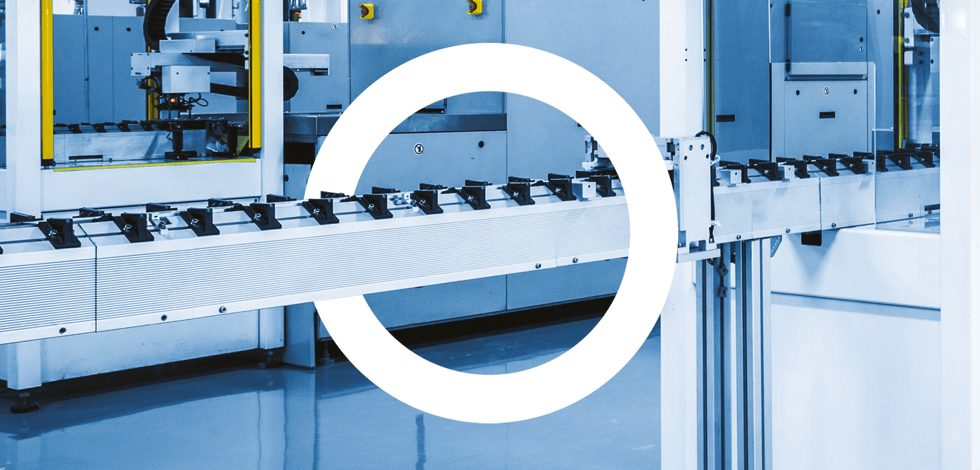Some of the most significant developments – of recent years and ongoing – stem from the capture of vast quantities of data – big data – and its analysis using mathematical algorithms or AI.
Using the latest cloud-based systems, on platforms such as Microsoft Azure and Amazon Web Services, these approaches are being democratised, helping to improve decision-making in a wide range of enterprises. In manufacturing this is happening at both board and plant level.
The experience of other sectors shows that the benefits can be significant. Studies have shown that retailers could increase their return on investment by up to 15-20% by introducing big data analytics (BDA). BDA is being used by online platform providers, such as Google and Amazon, to target offers to individuals. Amazon also uses BDA within its warehouses for handling customer orders, making efficiency improvements. And it is also being used by retailers worldwide to analyse their point-of-sales data and better target advertising and promotional campaigns.
By analysing ideas collected through crowd sourcing, also known as ‘open innovation’, BDA is also being used by some major food and drink brands, such as Nestlé, General Mills, Coca-Cola, PepsiCo, Danone, Red Bull and Budweiser, to help to ensure the success of new product launches.
Big data analytics can do so much more
However, big data analytics has even wider applications, extending back through production and the supply chain. Data can be collected from sensors on machinery and other production equipment, as well as on cartons and pallets used in distribution. By feeding this information into higher-level enterprise resource planning (ERP) and supply chain management (SCM) software, and using AI, it is possible to identify and resolve potential bottlenecks, plus other production and supply chain problems before they become critical.
By linking historical information and real-time data from PLCs and sensors on equipment, pallets and cases of product – as well as information captured from social media – AI can drill down into areas that need attention and suggest actions that reduce problems associated with equipment downtime or distribution, including those arising from sudden changes in consumer demand.
In the future, real-time feedback control and machine learning systems should enable impending problems to be identified and corrected before they arise. This might include products starting to drift out of specification or even impending equipment failure – both of which would result in lost product, waste and increased costs.
For more trends in Industry 4.0, download your copy of “Re-tooling Industry For The Digital Age” here:













No Comments